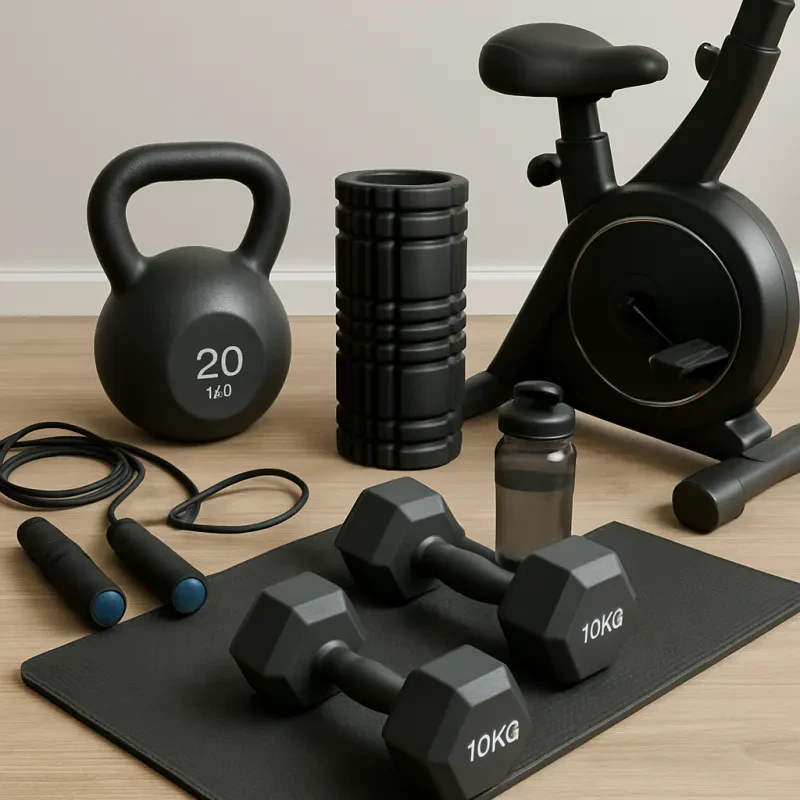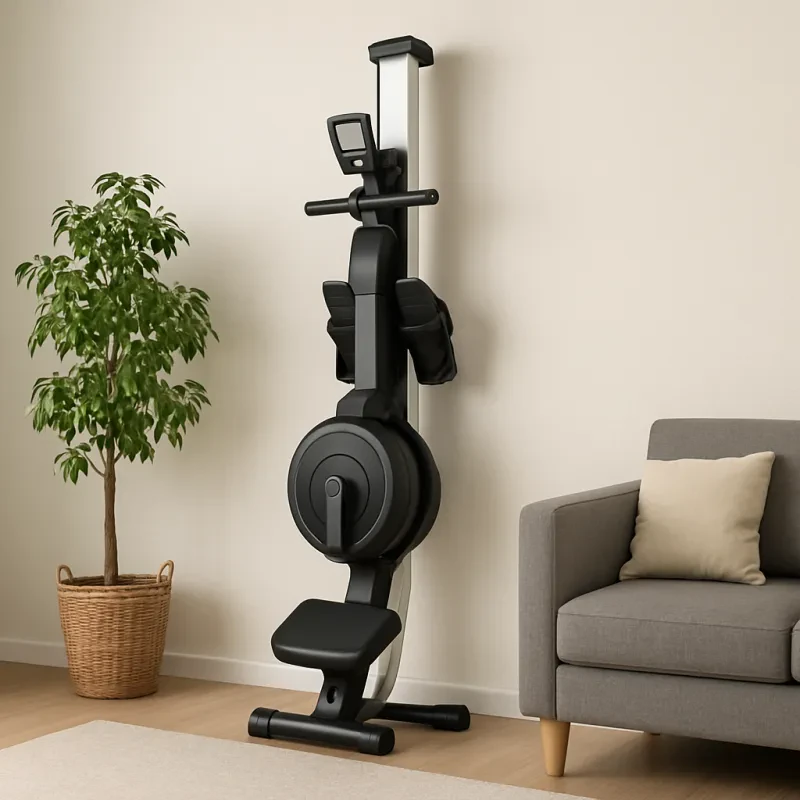Unlocking Your Potential: The Benefits of HIIT Training
High-Intensity Interval Training (HIIT) has garnered significant attention in the fitness community and beyond over the past decade. With its compelling promise of efficiency and effectiveness, HIIT provides an attractive alternative to traditional cardio workouts. This article delves into the principles of HIIT training, its numerous benefits, and how you can incorporate it into your fitness routine.
What is HIIT Training?
HIIT is a training technique that involves alternating between short bursts of intense exercise and fixed periods of less-intense activity or complete rest. Unlike traditional steady-state cardio, which maintains a consistent level of exertion for the duration of your workout, HIIT maximizes your time spent exercising by allowing you to achieve more in shorter intervals.
The Structure of HIIT Workouts
HIIT workouts can vary greatly in terms of structure, but the concept remains the same. A typical HIIT session may involve:
- Warm-Up (5-10 minutes): Preparing your body for intense exercise with dynamic stretches and lower-intensity activities.
- Intervals (20-30 minutes): Performing a series of exercises (like burpees, sprints, or squats) at maximum effort for 20-60 seconds, followed by a rest or lower-intensity period of equal or longer length.
- Cool Down (5-10 minutes): Gradually lowering your heart rate and stretching to aid recovery.
An Example of a HIIT Workout
Here’s a simple HIIT workout you can try:
- Warm-Up: 5 minutes of jogging and dynamic stretches.
- Intervals:
- 30 seconds of sprinting
- 30 seconds of walking (repeat for 10 rounds)
- 20 seconds of jump squats
- 10 seconds of rest (repeat for 6 rounds)
- Cool Down: 5 minutes of stretching.

The Benefits of HIIT Training
1. Time Efficiency
One of the most significant benefits of HIIT is its efficiency. With sessions often lasting between 15 to 30 minutes, HIIT can fit into even the busiest schedules. Research shows that HIIT can provide similar or even superior benefits compared to longer moderate-intensity workouts.
2. Increased Caloric Burn
HIIT is known for its ability to burn calories, not only during the workout but also post-exercise. The intense work phase elevates your heart rate, leading to increased caloric expenditure during and after your workout. This phenomenon, known as Excess Post-Exercise Oxygen Consumption (EPOC), means your body continues to burn calories for hours after you finish exercising.
3. Improved Cardiovascular Health
HIIT has been shown to improve cardiovascular health effectively. Engaging in intervals of high intensity pushes your heart to work more efficiently, promoting cardiovascular endurance and potentially reducing the risk of heart disease.
4. Fat Loss and Muscle Preservation
HIIT is particularly effective for fat loss while preserving muscle mass. Traditional steady-state cardio can lead to muscle loss, especially when coupled with caloric deficits. In contrast, HIIT allows for fat loss while maintaining lean body mass, making it an ideal choice for those looking to lose weight without sacrificing strength.
5. Versatility and Variety
HIIT workouts are incredibly versatile. You can perform HIIT using a range of exercises, including running, cycling, swimming, bodyweight exercises, or even using equipment like kettlebells and resistance bands. This variety keeps your workouts fresh and engaging, reducing the likelihood of boredom and burnout.
6. Enhanced Metabolic Function
Regular HIIT sessions may enhance your metabolic function. As your body learns to process and utilize oxygen more efficiently during high-intensity workouts, you’ll likely notice improved endurance and overall exercise performance.
7. Accessibility for All Fitness Levels
HIIT workouts can be tailored to suit all levels of fitness, from beginners to advanced athletes. You can adjust the intensity, duration, and exercise selection according to your current fitness level, making HIIT an inclusive option.
Getting Started with HIIT
If you're new to HIIT, here are some tips for getting started safely and effectively:
1. Consult a Professional
Before beginning any new workout routine, especially one as demanding as HIIT, consult with a fitness professional or your healthcare provider to confirm it's appropriate for your health and fitness level.
2. Start Slowly
If you’re new to high-intensity workouts, begin with shorter intervals and lower intensity. Gradually increase the intensity and duration as you become more comfortable.
3. Focus on Form
Pay attention to your form to avoid injury, especially during high-paced movements. Invest time in learning proper techniques for each exercise you include in your HIIT routine.
4. Stay Hydrated and Nourished
Due to the intensity of HIIT, hydration and proper nutrition are essential. Make sure to drink water before, during, and after workouts. Eating a balanced meal or snack beforehand will provide the energy needed for your session.
5. Mix It Up
Incorporate a variety of exercises to target different muscle groups and keep the workouts interesting. This can include a mix of cardio, strength training, and flexibility work.
6. Listen to Your Body
Pay attention to how your body feels during and after workouts. Rest as needed, and don’t push through pain. Recovery is just as important as the workouts themselves.
Conclusion
High-Intensity Interval Training is more than just a fitness trend; it’s an effective approach to improving overall health and fitness. By maximizing your workouts in shorter amounts of time, you can achieve impressive results without sacrificing your busy lifestyle. Whether you’re looking to lose weight, build strength, or enhance your cardiovascular health, HIIT can be tailored to meet your goals.
So why not give HIIT a try? Embrace the challenge, find the excitement in every interval, and unlock your full potential in a fun and engaging way. Your body will thank you!








